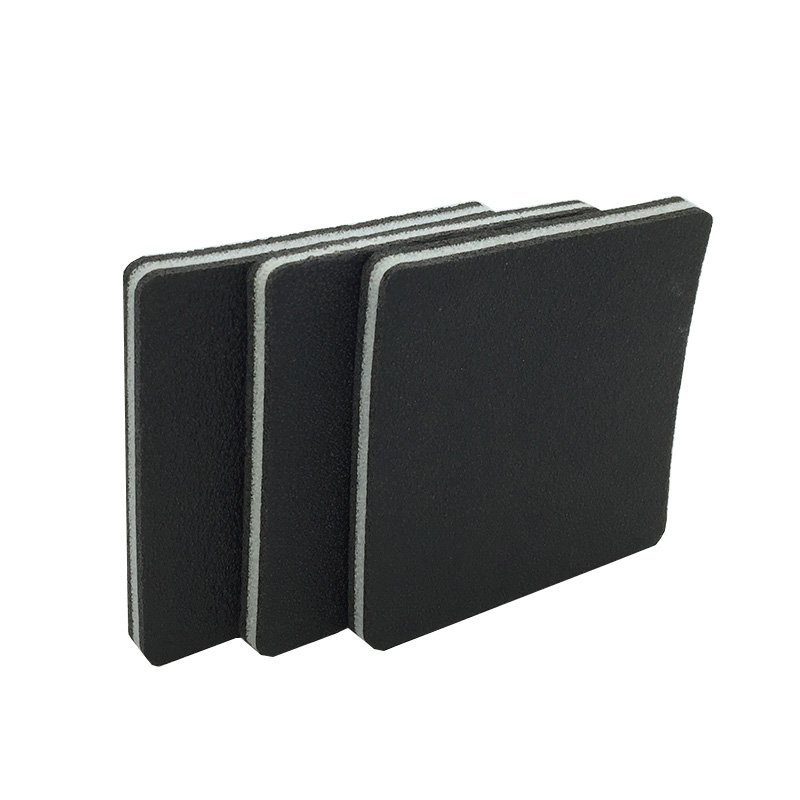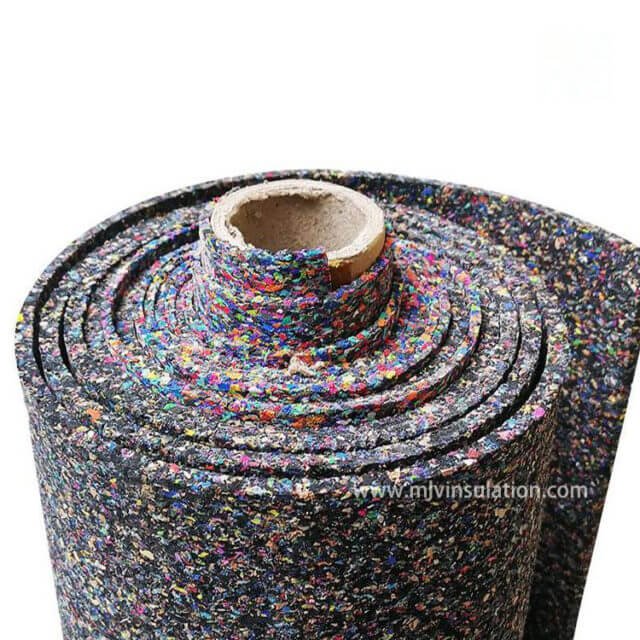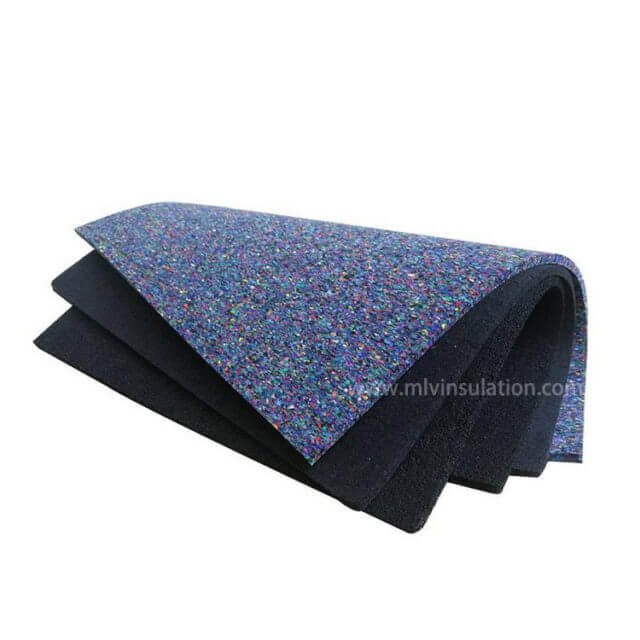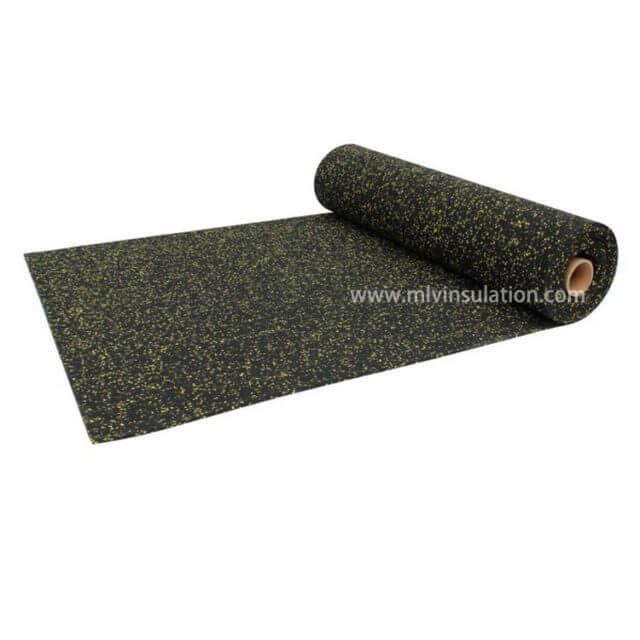Table of Contents
I. Introduction
II. Myth 1: Acoustic floor underlayment is only necessary for wood floors
III. Myth 2: All underlayments provide the same level of soundproofing
IV. Myth 3: Acoustic underlayment is not necessary for floating floors
V. Myth 4: Acoustic underlayment is only for noise reduction
VI. Myth 5: Acoustic underlayment is expensive and not worth the investment
VII. Conclusion
I. Introduction
Acoustical floor underlayment plays an essential part in creating an enjoyable living or working environment, from hardwood to laminate, vinyl and ceramic flooring installations. Selecting the proper flooring acoustical underlayment can significantly improve soundproofing capabilities and overall flooring performance; we hope to dispel some myths associated with it and highlight its importance and benefits for various forms of flooring here in this blog post.

II. Myth 1: Acoustic Floor Underlayment Is Only Needed on Wood Floors
One common belief about underlayment is that it only benefits wood floors; however, this couldn’t be further from the truth. While wood flooring poses unique acoustic challenges, other flooring types such as laminate, vinyl and ceramic also benefit greatly from using an acoustic underlayment.
Importance of underlayment for various flooring types
Acoustic flooring underlayment acts as an intermediary between subflooring and flooring material, offering several key benefits. It helps reduce impact noise from footsteps and dropped objects as well as airborne noise transmission – such as voices or music – creating a quieter and more peaceful environment by absorbing and dampening these sounds.
Benefits of Acoustic Underlayment for Laminate Floors, Vinyl and Ceramic Flooring
Laminate flooring is a cost-effective and long-term option. However, without the correct acoustical flooring underlayment in place it can produce an echoing sound effect and create hollow sounding spaces underfoot. Floor acoustic underlayment helps eliminate these issues by adding cushioned layers that reduce noise transference between rooms.
Vinyl flooring, famed for its durability and water resistance, can also benefit from an acoustic underlayment for vinyl flooring that not only increases sound insulation but also provides enhanced underfoot comfort. This helps ensure an enjoyable walking experience!
Ceramic floors found in kitchens and bathrooms can be noisy due to their hard surface. Flooring acoustic underlayment helps minimize impact noise caused by footsteps and objects dropped on the floor, creating a more relaxing space to spend time in.
Use of floor acoustical underlayment on these flooring types can create a more peaceful and enjoyable environment while simultaneously minimizing noise disturbance in adjacent rooms or floors.

III. Myth 2: All underlayments provide equal soundproofing
One common misperception about acoustic underlayment for wood floors is that all provide equal levels of soundproofing. Unfortunately, this assumption is far from correct; different materials offer differing soundproofing properties and it’s essential that you consider these differences when selecting an underlayment suitable for your specific needs.
Clarifying the differences among various underlayment materials
There is a range of acoustical underlayment for wood floors on the market, such as foam, rubber, cork and combination products, each boasting their own characteristics and soundproofing capacities.
Foam underlayment such as acoustic underlayment for hardwood floor is lightweight and cost-effective, offering excellent sound insulation to reduce impact noise while rubber underlayment offers excellent sound absorption, perfect for mitigating both airborne noise as well as impact noise.
Cork noise cancelling floor underlayment is widely recognized for its natural soundproofing properties, helping absorb sounds and reduce vibrations. Combination products provide additional features like moisture resistance or thermal insulation while still offering soundproofing properties.
The importance of selecting the most effective underlayment to meet noise reduction needs
Selecting an acoustical underlayment for hardwood floors that best addresses your noise reduction requirements is of vital importance. If you reside in an apartment building or have rooms below or above high-traffic areas, having soundproofing capabilities becomes even more essential.
Consider factors such as the level of impact noise you want to reduce, the type of flooring material available to you and any specific thermal insulation or moisture resistant needs. By understanding and selecting appropriate hardwood floor acoustical underlayment, you can effectively minimize noise transmission and create a peaceful environment.

IV. Myth 3: Acoustic Underlayment Is Not Necessary for Floating Floors
One more myth to disprove is the idea that hardwood floor acoustic underlayment is unnecessary for floating floors, since these types of floors don’t connect directly with their subfloor and thus benefit greatly from using underlayment.
How underlayments help lower noise transmission for floating floors
Floating floors such as laminate or engineered wood rely on an underlayment for stability, cushioning, and sound insulation. An effective floating floor acoustical underlayment helps reduce impact noise caused by footsteps or dropped objects while simultaneously blocking sound transmission to subfloors and adjacent rooms.
Potential issues that can arise without proper underlayment
Without adequate underlayment, floating floors may produce an uncomfortable hollow or echoing sound that may become quite irritating over time. Furthermore, without its cushioning and soundproofing properties, overall comfort and performance may suffer significantly as a result of poor underlayment performance.
Utilizing an underlayment designed specifically for floating floors will enhance the soundproofing properties of your flooring system, and create a quieter and more relaxing living or working space.

V. Myth 4: Acoustic underlayment can only reduce noise
Misconceptions about noises guard premium floor underlayment often center on its sole function of noise reduction; however, additional benefits beyond soundproofing such as thermal insulation and moisture resistance make acoustic underlayment an invaluable addition to any space.
The added advantages of acoustic underlayment
Ceramic floor acoustic underlayment offers more than noise reduction: its thermal insulation properties help create a comfortable temperature within your living or working space, helping maintain an ideal temperature without excessive heating or cooling costs. As such, energy savings may result from less heating or cooling needs overall.
Hardwood flooring acoustic underlayment also comes equipped with moisture-resistant properties to prevent excess moisture from seeping through and damaging flooring materials, especially in areas prone to high humidity or potential water spillage, such as bathrooms or kitchens. This makes acoustic underlayment an invaluable solution.
By employing an ceramic floor acoustical underlayment, not only can you improve the acoustics of your space but also enhance thermal insulation and protect your flooring investment against potential moisture damage.

Sound Insulation Roll | Sound Proof Insulation Rolls
Mass Loaded Vinyl Cheap Sound Proof Insulation Rolls | Flexible Insulation Roll Mass-Loaded Vinyl Sound Insulation Rolls for Walls

Acoustic Floor Insulation Materials | Noise Insulation for Floors
Noise Insulation for Floors Rubber Floor Insulation Roll | Acoustic Insulation Between Floors Sound Insulation Floor Mats 5 mm Resilient Acoustic Underlay
VI. Myth 5: Acoustic underlayment is too expensive and not worth investing in
There is often the misconception that hardwood flooring acoustical underlayment is costly and not worth investing in, however when considering its long-term advantages and potential savings benefits it becomes evident its true worth.
Noise dampening floor underlayment adds an additional cost to any flooring project, yet its benefits outweigh this initial investment. Acoustic underlayment offers superior soundproofing, thermal insulation and moisture resistance properties which contribute to creating more comfortable and long-term durable floors systems.
Long-term benefits and savings opportunities
Noise reducing floor underlayment can help minimize noise transmission in other areas of your space and save on expensive soundproofing treatments for other spaces, helping avoid renovation costs or additional measures later on.
Acoustic underlayment’s thermal insulation properties may also contribute to energy savings by helping maintain consistent temperatures and limiting heat loss; over time this may reduce heating and cooling expenses significantly.
Due to its long-term advantages and cost savings potential, acoustic underlayment proves a worthwhile investment for creating a more comfortable, energy efficient, and durable flooring system.

Sound Proof Floor Mat | Sound Dampening Floor Mat
Factory Sound Dampening Floor Mat 3mm Acoustic Rubber Floor Mat|Sound Proof Floor Mat Deadening Noise Dampening Floor Mat Sound Reducing Floor Mats
VII. Conclusion
In conclusion, we have dispelled various common myths surrounding acoustic floor underlayment and clarified that its application is essential not only for wood flooring but also laminate, vinyl and ceramic surfaces. Various materials provide differing degrees of soundproofing – emphasizing the significance of selecting an underlayment that meets specific hardwood floor underlayment noise reduction needs.
Additionally, we have highlighted additional advantages of acoustic underlayment, such as thermal insulation and moisture resistance. Acoustic underlayment creates a comfortable yet energy-efficient flooring system by minimizing heat loss while protecting against moisture damage.
As well, we dispel any notion that acoustic floor underlayment is costly or not worth investing in, by considering its long-term advantages and potential savings, we show its true worthiness.
It is crucial to select an underlayment with adequate soundproofing properties in order to achieve optimal soundproofing and flooring performance. No matter if you install wood, laminate, vinyl, or ceramic flooring – choosing an acoustic underlayment that complements these materials can significantly increase comfort, durability and acoustics within any given space.
By dispelling myths and understanding the advantages of 2 lb mass loaded vinyl and acoustic floor underlayment, you can make informed decisions and create a calmer and more relaxing atmosphere in both your home or workplace.
If you require assistance selecting an acoustic underlayment to meet your particular requirements, feel free to reach out. Our goal is to make your flooring experience the best it can possibly be!










